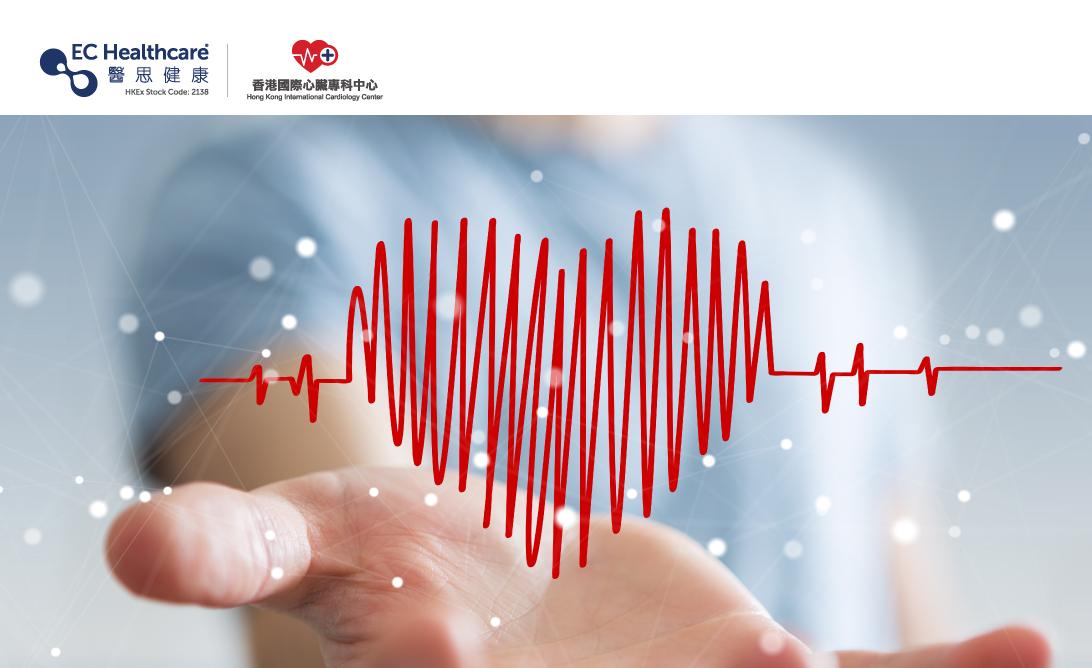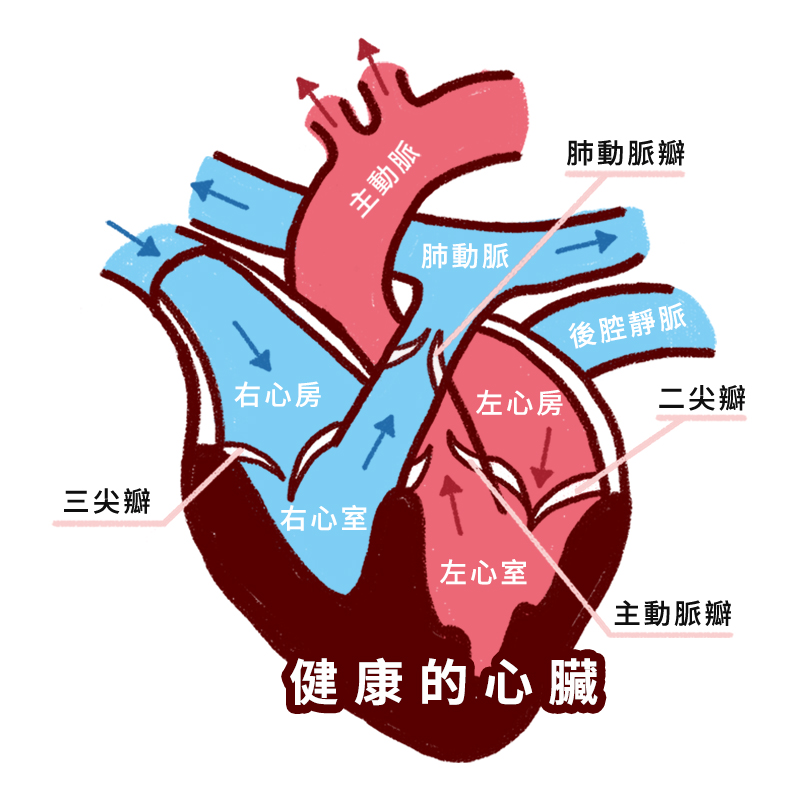【Heart Facts】Why Does the Heart Beat Continuously Without Rest?


The human body relies on the constant beating of the heart to sustain life. This tireless organ pumps oxygen and blood to every cell, ensuring the body's seamless operation. With an average of 70 contractions per minute and a staggering 100,000 contractions per day, the heart never takes a break, not even during sleep. Ever pondered why this vital organ beats nonstop? Does it ever yearn for a moment of respite?

Understanding the Heart's Beat
The heart, composed mainly of cardiac muscle, relies on the intricate coordination of its muscle cells to generate its rhythmic beats. Remarkably, this process occurs automatically, independent of direct control from the nervous system.
The heart's beat involves a sequential pattern of "contraction" and "relaxation" throughout its four chambers. The four chambers take turns to contract, allowing blood to flow in a specific direction. Venous blood enters the atria, subsequently pumped into the ventricles, and finally ejected into the arteries to nourish the body's tissues and organs.
The process is initiated by the sinoatrial node, situated on the posterior wall of the right atrium. This specialized group of cardiac muscle cells autonomously generates electrical impulses resembling neural signals. These minuscule electrical signals swiftly propagate through the entire heart, stimulating contraction in the cardiac muscle cells that receive these potent signals.
Following contraction, the electrical signal swiftly propagates to the left and right atria, subsequently passing through the atrioventricular node and Purkinje fibers. This coordinated transmission ensures the blood flows into the ventricles, which then pump the blood into the arteries.
In conjunction with the continuous blood supply from the coronary arteries, the heart receives sufficient nutrients and oxygen for its perpetual beating. This intricate interplay allows the heart to maintain its rhythmic motion indefinitely.
Does the Heart Need Rest?
Despite its tireless nature, the heart does experience moments of reprieve. Each heartbeat is characterized by a precisely orchestrated sequence of contraction and relaxation. During the "contraction" phase, the atria contract vigorously while the ventricles rest. Conversely, during the "relaxation" phase, the atria rest while the ventricles contract. This synchronized interplay allows both chambers to take turns and rest.
This signifies that any irregularities in the heart's contraction and relaxation, if left unaddressed, can impose an increased burden on the heart. When the atria or ventricles lose their designated resting periods, it can potentially shorten the lifespan of the heart. Hence, it is vital to consult a cardiologist promptly when abnormal heart rhythms are observed. By nurturing and preserving heart health diligently, the heart can persistently fulfill its duties.
Related Brands










